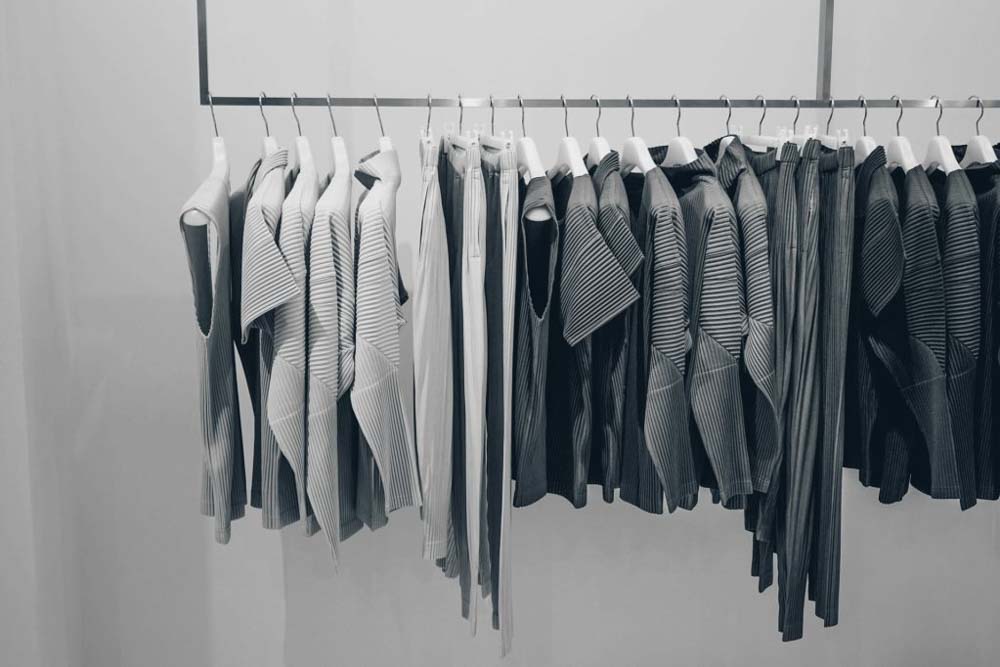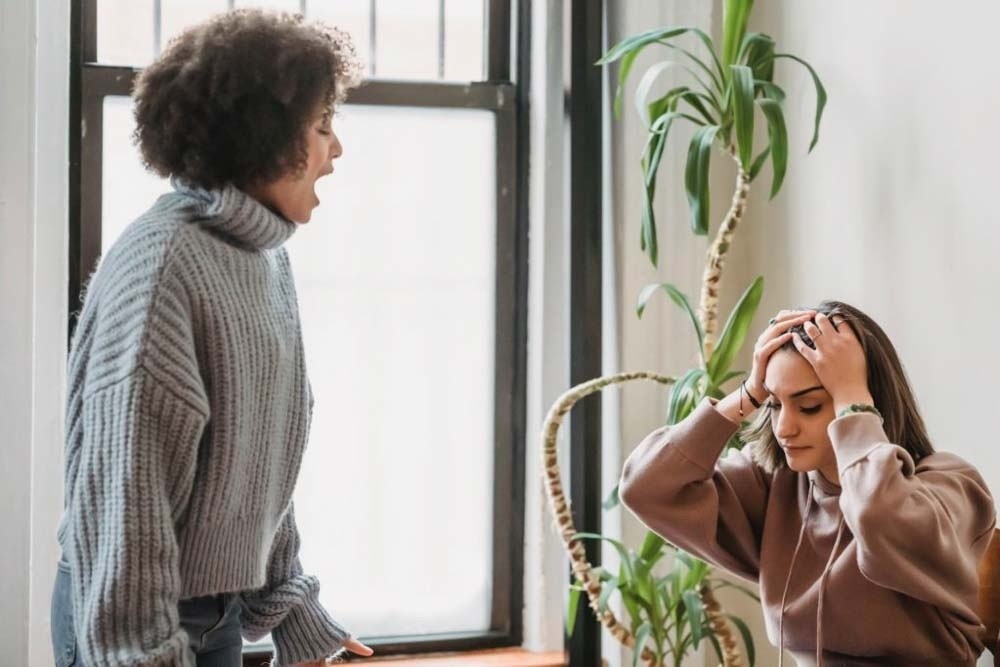Having too much inventory can be bad news for retailers. Inventory management can be a pain for small businesses. Unsold inventory slows down the business due to tied-up capital and prevents you from reinvesting in the business. Keeping the surplus inventory will cost any business its revenue. Therefore, having a better inventory management system is vital to the business. Investing in a good system and paying close attention to inventory management will pay off very well in the long run.
Before diving in let’s define, what’s inventory? Inventory refers to the goods and materials that a company acquires or produces to sell in order to make profits. If the said inventory is not sold on time, it will depreciate and lose value.
So let’s suppose you invested in a great inventory management system and now don’t know what to do with the current unsold inventory. Let’s start by differentiating the two terms — unsold and excess inventory from each other.
What’s Unsold Inventory and what’s Excess Inventory?
Unsold inventory isn’t necessarily excess inventory. Unsold inventory is referred to the goods and materials that are left in the warehouse or the shelves unsold, but can be sold later. In addition, it doesn’t necessarily lose value or isn’t at the end of its product life cycle. Such as clothing.
Excess inventory refers to the goods and materials that a business can’t sell any more or is at the end of its product life cycle. Or in some cases lose value due to depreciation. Such as medicine, food items, cosmetic goods.
Short Business Story
In February 2021, I bought almost half of the shares of a clothing business in Kabul. The business was established around 2016 and was a well-established business by the time I came. Besides that, the business had two stores in the most important and busy locations of the city.
Before I came in, there were 4 shareholders in the business. The business wasn’t taken care of for a while. Therefore, it had a huge inventory, and the whole operations of the business had to be improved. I made a few changes to the systems in place including marketing and inventory management to maximize efficiency and reduce costs.
Before we jump into the tips and tricks to move the inventory quickly and increase the revenue, I want to share some early statistics of business before implementing our strategy.
Early Statistics of the Business and Inventory
| Months | Revenue in USD |
| August 2020 | 42,900 |
| September 2020 | 46,200 |
| October 2020 | 56,000 |
| November 2020 | 50,000 |
| December 2020 | 36,000 |
| January 2021 | 39,000 |
| February 2021 | 40,000 |
The average revenue for a month was $44,300. Sales during the first months of autumn go up due to increase in sales before winter and in the last months of spring the sales would go up for the warmer months of summer.
The business was doing well around 75% profit margin but the sales were down by almost 50% due to Covid-19. The previous owners had no choice but to slow down the operations.
So, before doing anything about moving the inventory, we started to classify and categorize the garments and counted every item available, which will later help us in marketing.
After we counted the inventory it was surprisingly high. If we were to sell at the same speed as 2020 it could last for the next 3 years. So for us it was not an option to solely focus on new products but to sell and reduce the old and unsold inventory first.
Let’s dive into it, shall we?
How to Quickly Move Unsold Inventory?
The most popular ways of moving the inventory are giving discounts, offering low-margin products for free, and making some value product packages. But besides these methods, I have used 4 different methods that will help you move your inventory quickly.
1. Distribute the Inventory among the Different Stores
People tend to shop differently in different locations. Some products will sell better in some stores and others won’t. Fortunately, we had two stores, both with very different sets of customers. So, after classifying and categorizing the inventory, we distributed the goods between the two stores.
Here is a tip on how to know which product does well in different stores.
Analyze Sales Data: You probably distribute new products among your stores to reach a wide variety of customers in different store locations. Gather the data from those stores about the same product and see where was it selling well. To do that, you can simply extract the sales reports in spreadsheets from your accounting or billing software of each store and then compare them.
2. Adjust the Pricing and Give Discounts
In a price-sensitive market, the right pricing strategy plays a huge role. Therefore, we first announced a sale of 20-30% on selected products, targeting the unsold inventory specifically. According to the policy regular customers already had some 10% discount on everything. So, adding that extra 20-30% was a hugely profitable deal for them. And the 20-30% price reduction was a huge deal for normal customers as well. We heavily promoted the sale on social media, and the return was huge.
Here are some tips on Pricing and Sales
Create Urgency: No one likes to miss out on products, giving them a short time sale will put them in urgency to buy the products.
Change of Pricing Strategy: Our business uses a premium prices strategy which translates to “charging higher than the competitors to stand out”. We temporarily changed that strategy to a value pricing strategy which is “considering the value of the product at the current time. A winter coat won’t sell in summer, so reducing its price significantly seems to be the best value for the customer.”
3. Consider Shelf Manipulation
We used shelf manipulation and placed unsold inventory products in the center of the shelves as human eyes tend to gravitate to the center. We used this technique in our stores but with a slight difference. We would place the unsold inventory products in the center of the shelf, and some irresistible products above and below the center. Therefore, increasing the customer engagement
As a result, a boost in sales for new and high-margin products was also seen.
4. Redesign your Store Layout
Apart from shelf manipulation, we have redesigned our store layout as well. A study on the dynamics of scene representations in the human brain, suggests that perceiving the geometry of space is a core ability shared by all animals. The human brain has a spatial representation system. It keeps the data about the relationships of all elements available in the scene and the space around and the navigation which pave the road for images to be preserved in the long memory.
So, if a customer has visited your store before, his brain’s scene recognition will bring all the images back to display. So, he knows what products were here and there during his last visit. Using this technic, we changed the location of the items and placed them in different locations, and brought other items to the front. In the meantime, we relocated the inner elements; such as the tables and the hangers as well.
These few changes helped the customers to discover new designs and colors in the existed items. The look of the store has changed dramatically, so, as customers were flowing in the store, they had a very different perspective. It was a huge success for both, us and the customers.
Here are some tips on Retail Product Placement
Product Placement: Place the product at the eye level of the customer, which is mostly the center of the shelf.
Keep right-handed psychology in mind: Place all the important products on the right side of the store as people tend to look to their right when they first come into the store.
Create an Inviting Environment at the front: Creating an inviting environment at the front creates a sense of trust. Let the customer trust you before even starting to talk to you or look at the products. This trusty mindset boosts sales.
Use the space close to the counter: Place small and low-priced products near your counter area. With a simple pointing to it, the customer will toss it to the cart without any hesitation.
Do not leave any space on the shelves: Filling and restocking the shelves immediately gives a new look to the store.
5. Well-Expose the Unsold Inventory Products
It’s very easy to implement this strategy in retail stores, but you can do it online as well. I will show you both ways further down. But before I do that I will give you some tips on how to identify the most frequented location of your retail store for product placement.
Do your own testing
Come into your store again and again. Each time you come in, identify and take a note of the places your eyes were drawn to first. Repeat this process by asking your friends or others to help. These locations are the most important ones for the unsold inventory product placement.
In the meantime, using your retail data about the customers’ behavior and where they naturally flow in your store, will help you identify the different busy locations or routes at the back of the store for placement of the same products. Double exposing the products is always a good idea.
6. Create Product Bundling
People’s tendency to buy more products is popular in retail businesses. Therefore, product bundling comes in very handy. They design all these bundles of products very carefully to influence your decision-making and convince you to buy the bundle.
You may have noticed a bundle of products for a good value that included a product you didn’t need. You bought it anyway. That’s how they move all the excess or unsold inventory.
We have made many different bundles for men, women, and kids, but the formula and the goal were the same—the 30% discount. Here is how we did it
Examples of Product Bundling for Clothing Business
Jeans + Shirt + Underwear
| Item | Price in USD |
| Jeans | 20 |
| Shirt | 10 |
| Underwear | 5 |
| Total | 35 |
The total before was equal to $35 but after the 20% discount and 10% price reduction for the bundling on all items, the total came to $24.5. So, the total price reduction for the customer is $10.5 (30%).
Jeans + Footwear + Shirt
| Item | Price in USD |
| Jeans | 20 |
| Footwear | 40 |
| Shirt | 10 |
| Total | 70 |
The total before was equal to $70 but after the 20% discount and 10% price reduction for the bundling on all items, the total came to $49. So, the total price reduction for the customer is $21 (30%).
7. Offer Free Gift-With-Purchase on Each Sale
Gift with Purchase (GWP) is a type of promotion to increase the average order value and attract more customers. This psychology of wanting more is in the nature of human beings. To take advantage of that they will always prefer getting more for the same price rather than buying less for a lower price.
We mounted two promotion boards around the store with the text “FREE item upon spending $50” and another one with the text “FREE item upon spending $100”. With the first offer, we would offer a 5-10$ product for free and with the second offer, we would offer a 10-20$ worth of product. Besides that, we placed all the free products close to the counter and mounted a board on it with the text “These are the FREE Items.”
This tactic would not particularly increase the individual order value but in long term, it was a very helpful strategy to increase sales and move the inventory quickly which was our main goal.
The Results
It was a hassle for 6 months straight it wasn’t fun at all. But we did it. After six months we sold almost 80% of the unsold inventory and the rest was gone to charity.
The two most powerful technics out of the seven were product bundling and exposing the hidden inventory. Product bundling helped us sell more goods per order, we spent less on customer acquisition and marketing in general. Exposing the unsold inventory from a year before seemed like new products to new customers and surprisingly were sold very well.
Thanks for reading so far join my OneMinuteSundays for short weekly emails on habits, productivity, and living a happier life while doing more of the fun stuff.
Join OneMinuteSundays
Subscribe for short weekly emails on habits, productivity, and living a happier life while doing more of the fun stuff, and some content that I believe will be of good value to you.





Very detailed article. Thank you for the information, I was searching for the exact same article.
Its very good keep it up